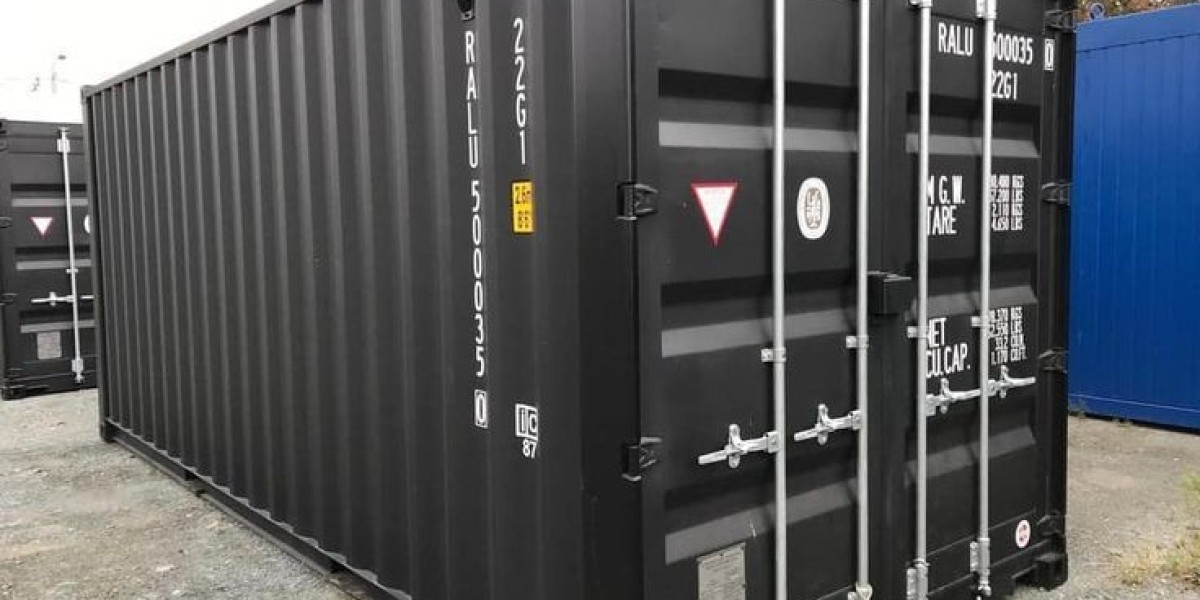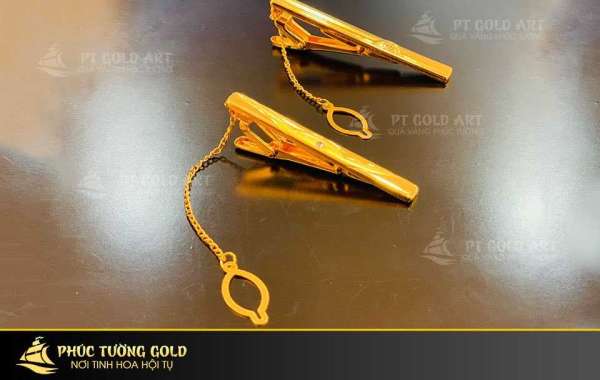In today's globalized world, shipping containers play a crucial role in facilitating the transportation of goods across vast distances. Among the various types of containers, ISO Shipping Containers stand out for their versatility, durability, and adherence to international standards. These containers are essential for ensuring that goods are transported safely and efficiently, whether by sea, rail, or road. But what exactly are ISO shipping container, and why are they preferred by manufacturers and shippers worldwide?
What Are ISO Shipping Containers?
ISO Shipping Containers are standardized containers designed to comply with the specifications set by the International Organization for Standardization (ISO). These specifications ensure that the containers can be used globally, providing uniformity and compatibility across different modes of transport. Typically made from high-grade steel, ISO containers are built to withstand harsh environmental conditions, making them ideal for transporting goods over long distances.
The standard sizes for ISO shipping containers are 20 feet and 40 feet in length, with variations in height and width to accommodate different types of cargo. These containers are not only used for transporting goods but also repurposed for various applications, including storage, housing, and mobile offices.
The Importance of ISO Compliance
ISO compliance is critical for shipping containers as it ensures that the containers meet specific quality and safety standards. This compliance is especially important for international trade, where containers must be able to withstand the rigors of ocean transport and handling at ports. ISO standards cover various aspects of container design, including structural integrity, resistance to weathering, and security features.
For businesses, using ISO-compliant containers means reduced risk of damage to goods, lower insurance costs, and smoother customs clearance. It also ensures compatibility with handling equipment and transport modes, reducing logistical challenges.
Equipment Containers Manufacturers: Crafting Customized Solutions
When it comes to specialized cargo, not all containers are created equal. Equipment containers manufacturers play a pivotal role in designing and producing containers tailored to specific needs. These manufacturers create containers that are not only ISO-compliant but also customized to house sensitive or bulky equipment securely.
Customization and Innovation in Equipment Containers
Equipment containers manufacturers often work closely with industries such as construction, energy, and telecommunications to develop containers that meet specific operational requirements. These containers might include reinforced structures, specialized insulation, or custom shelving and mounting systems to secure equipment during transport.
Innovation is a key aspect of equipment container manufacturing. As industries evolve, so do their requirements for transporting equipment. Manufacturers are constantly exploring new materials, design techniques, and technology integration to produce containers that are more efficient, durable, and adaptable to various conditions.
Key Considerations for Choosing Equipment Containers
When selecting equipment containers, businesses should consider several factors:
Material Quality: The container must be made from high-quality materials that can withstand harsh conditions and protect the equipment from damage.
Customization Options: Depending on the equipment being transported, customization might be necessary. This could include added insulation, reinforced structures, or specific internal fittings.
ISO Compliance: Ensuring that the container meets ISO standards is crucial for international transport and compatibility with handling equipment.
Security Features: Containers should have robust locking mechanisms and, if necessary, integrated security systems to protect valuable or sensitive equipment.
Durability and Maintenance: The container should be built to last, with minimal maintenance requirements to reduce downtime and costs.
The Future of Shipping and Equipment Containers
As global trade continues to expand, the demand for ISO shipping containers and specialized equipment containers is expected to grow. Manufacturers are likely to focus on enhancing the sustainability and efficiency of these containers. This might include using eco-friendly materials, integrating IoT (Internet of Things) technology for real-time tracking, and developing modular container designs that can be easily adapted for different uses.
Final Thoughts
ISO Shipping Containers and equipment containers manufacturers are essential components of the global logistics network. Their role in ensuring the safe, efficient, and standardized transportation of goods and equipment cannot be overstated. As industries evolve and new challenges emerge, these containers will continue to adapt, meeting the needs of modern commerce while maintaining the rigorous standards that have made them the backbone of international trade.










